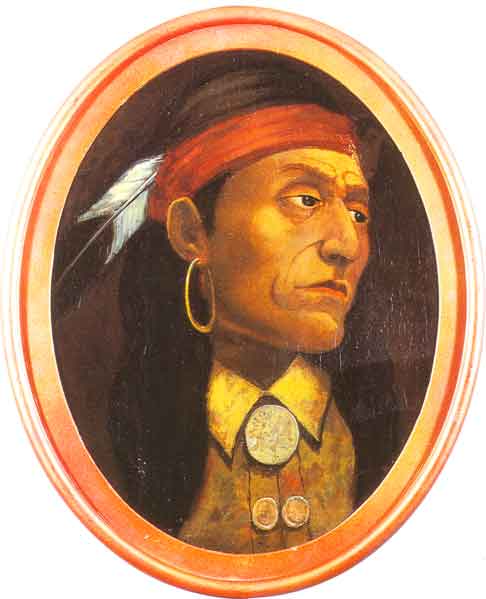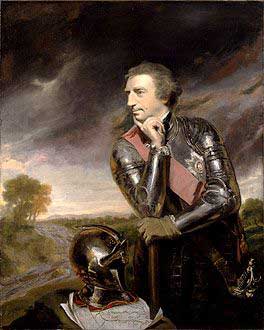Pontiac’s Rebellion was actually a war executed by elements belonging to a loose confederation of various Native American tribes of the Great Lakes Region, the Ohio and Illinois countries back in 1763. The war was named after Pontiac, the most prominent leader among the natives. These tribes were basically dissatisfied with the infamous British postwar policies after the French and Indian War. Their warriors joined together for a common cause and formed an uprising to drive out the British army and their settlers out of the region.
In the decades prior to the war itself, France, one of the major participants of the French and Indian Wars, had lost important North American territories to Britain, particularly New France. British troops then occupied previously garrisoned forts of the French in both the Ohio Country and the Great Lakes Region. While the French successfully cultivated alliances with some tribes of Native Americans, British postwar policies changed all that, and everything from then on had turned sour.
Allied with France
Before long, Native Americans who were allied to the defeated French became increasingly dissatisfied with these new upstarts and their new policies for conquered peoples. Some of the tribes involved were distinct as an ethnic group, rather than units with different political agendas. Examples are the Ottawas, Potawatomis, Ojibwas, and the Hurons. These tribes had traded, lived, and even intermarried with their French Allies. All these further aggravated the situation.
The war effectively began the Native Americans attacked a good number of British forts and settlements. They have had enough of the policies set down on them by British General Jeffrey Amherst. In the aftermath, a total of eight forts were destroyed, with hundreds of colonists either captured or killed, and many more fleeing away from the region.
War and Disease
All hostilities came to an end right after new expeditions set by the British army in 1764 hosted the peace negotiations for the next two years. Generally, the natives did not really drive the British away, but the
uprising itself finally convinced the British government to modify and improve those policies that formally provoked the natives into acting against them.
The warfare waged on the North American landscape was everything brutal. What made this especially so were the horrors of the unnecessary killings of prisoners, the targeting and exploiting of the civilians caught in the middle, and other forms of atrocities. An event in the war that is worth noting is the incident at Fort Pitt. British officers attempt to turn the tide of the battle by infecting the besieging Native Americans with smallpox. They used blankets riddled with the virus. This was just among the reflections of the treachery and the ruthlessness of a single conflict that drove British colonists and Native Americans further away from each other.
To prevent further violence and stop the growing divide between the two cultures, the British Government initiated the Royal Proclamation of 1763. It created boundaries between both colonists and the Native Americans. It proved unpopular with the British colonists though. It was thought of that Pontiac’s rebellion might have been among the factors that contributed to the inevitable American Revolution.

